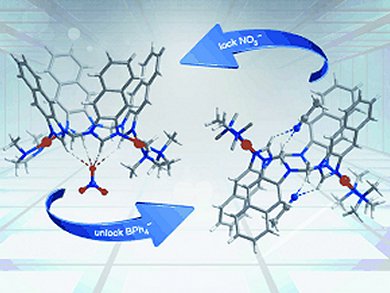Progress in the determination of the structure, function, and inhibition of the enzymes responsible for the formation of terpenes and isoprenoids is discussed by E. Oldfield and F.-Y. Lin in a Review. What is the role of gene fusion, exon loss, and recombination in the genesis of these enzymes? In a Minireview, I. Churcher et al. show how lead-oriented synthesis can present new opportunities for synthetic chemistry. The Highlights deal with strategies for 18F radiochemistry (R. Littich and P. J. H. Scott) and design rules for self-organisation (L. R. MacGillivray).
In the Communications section, R. Tenne et al. demonstrate controlled doping of tungsten and molybdenum sulfide nanotubes and fullerene-like nanoparticles. S. Lecommandoux et al. succeeded in the encapsulation of capsules to form polymer vesosomes, which open new avenues in combinatorial drug release. The asymmetric synthesis of two different enantiomeric products has been achieved by K. Maruoka et al. through the use of a single organocatalyst with or without achiral organic acid additives. Y.-J. Pan et al. describe a bistable self-assembled metal–organic macrocycle that undergoes intramolecular conformational motion and is switched reversibly with anions by multiple hydrogen-bonding interactions (see picture).




